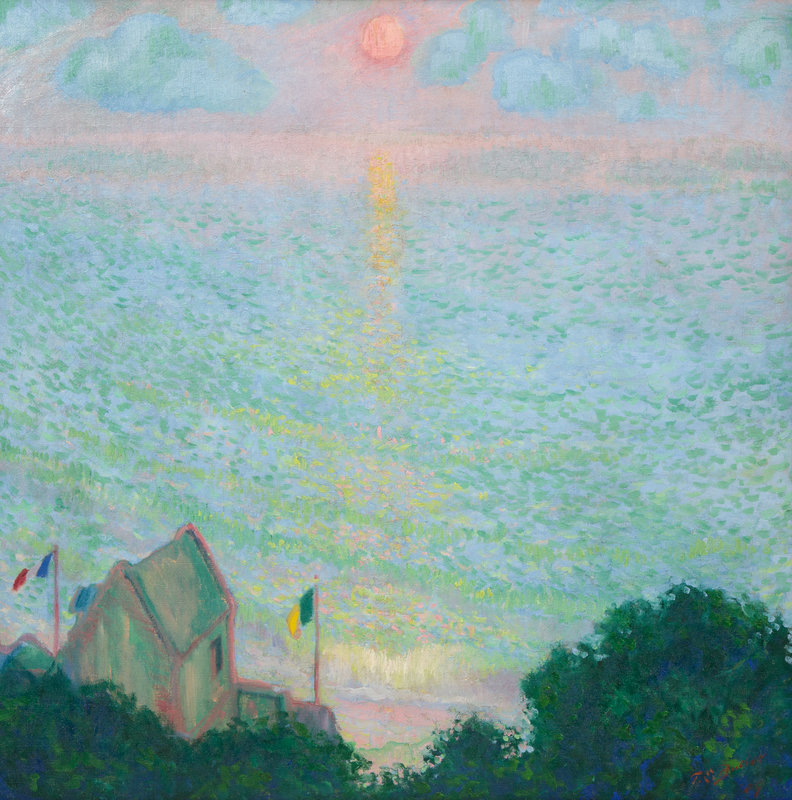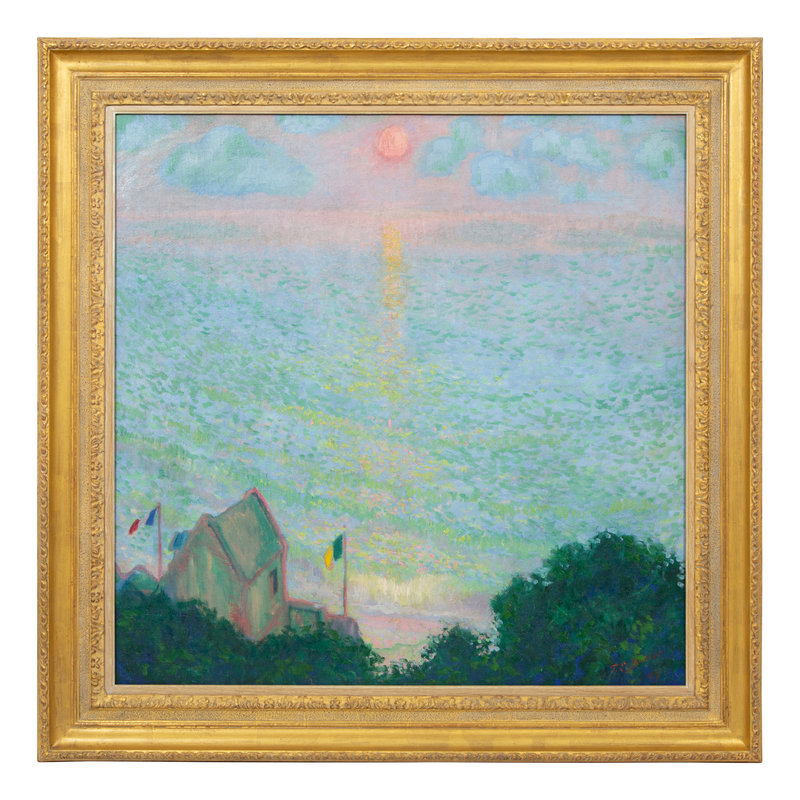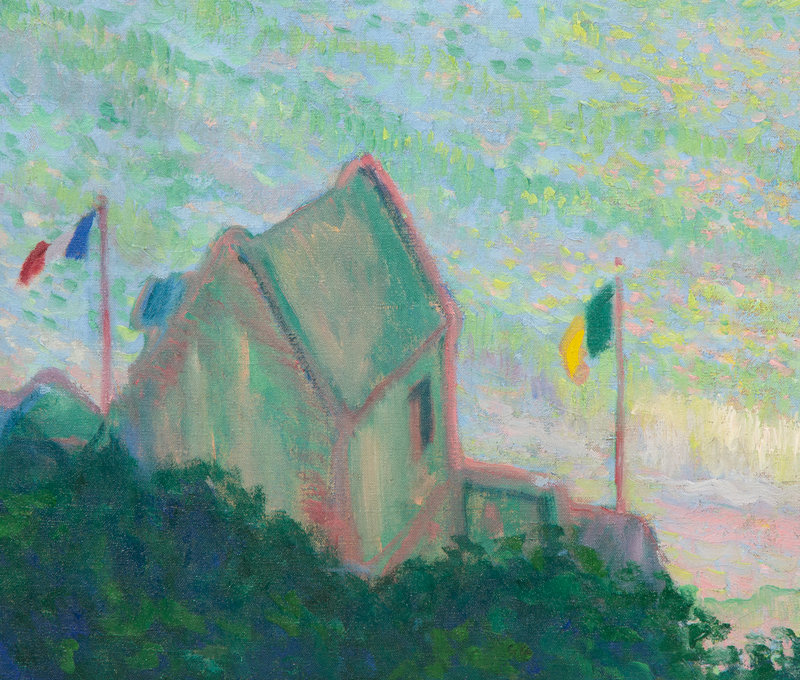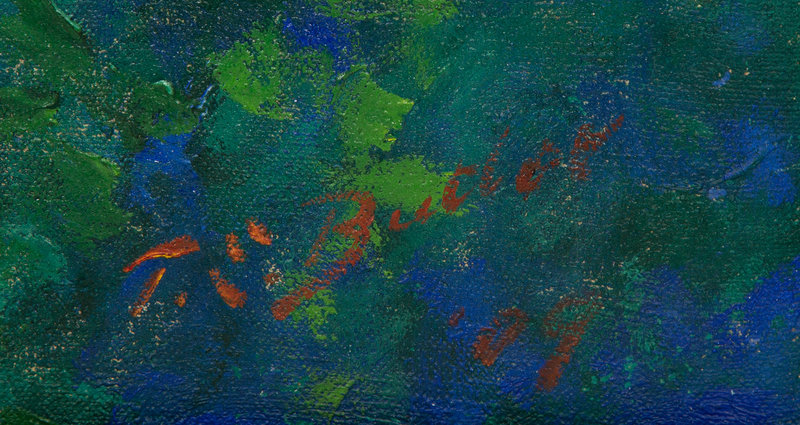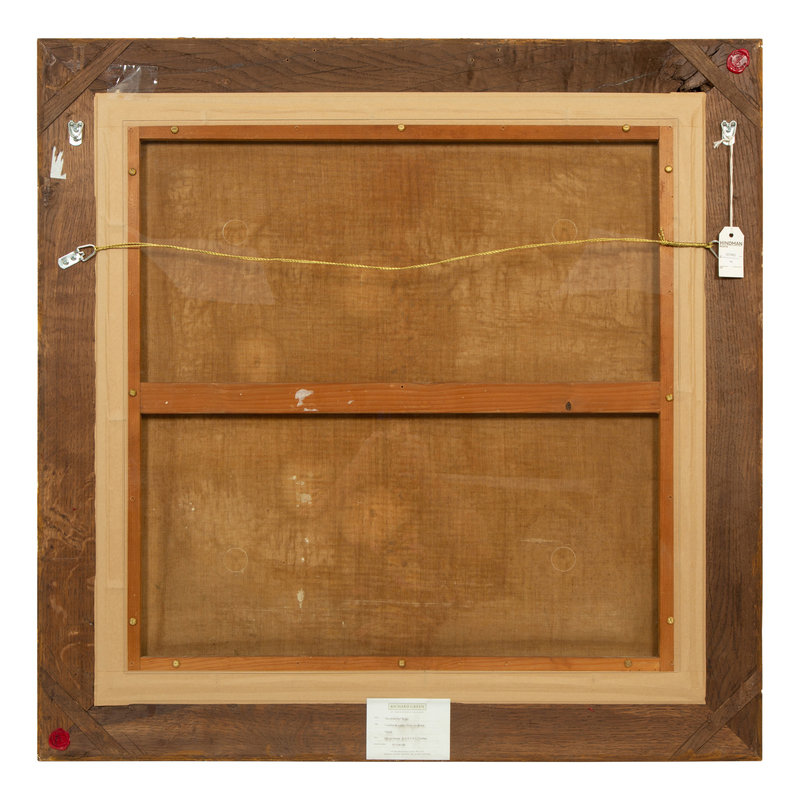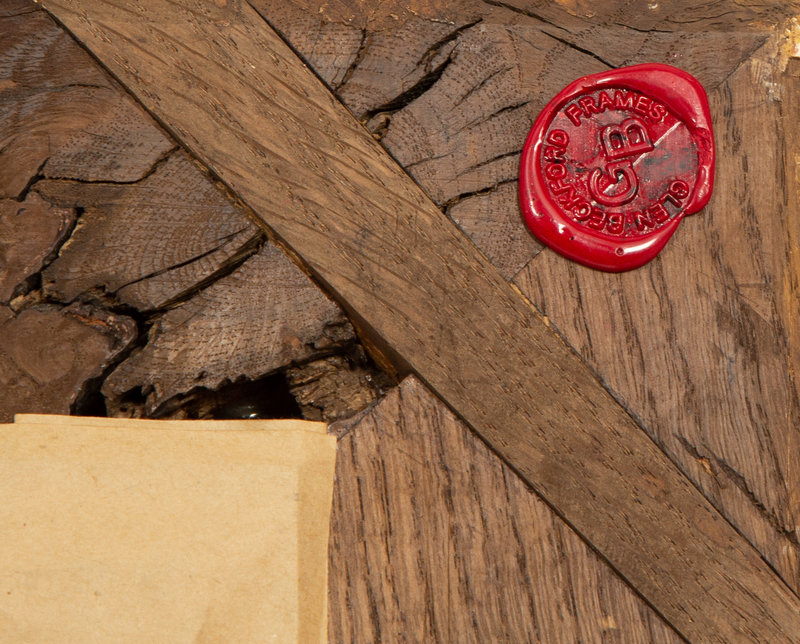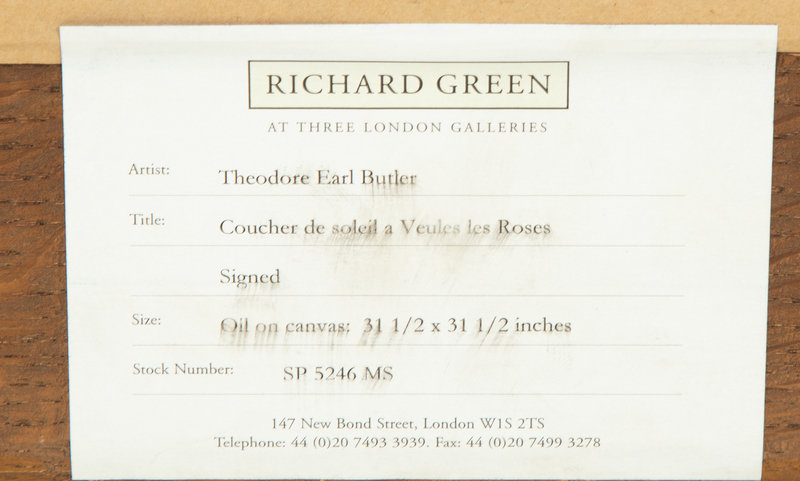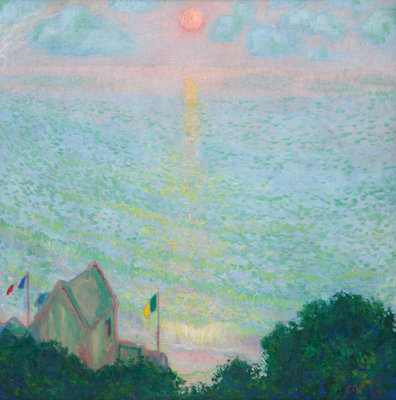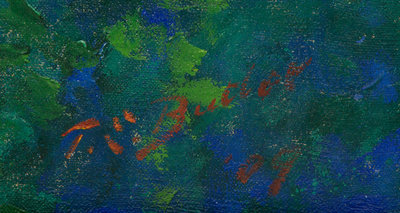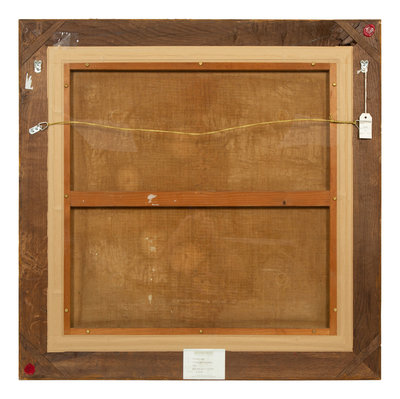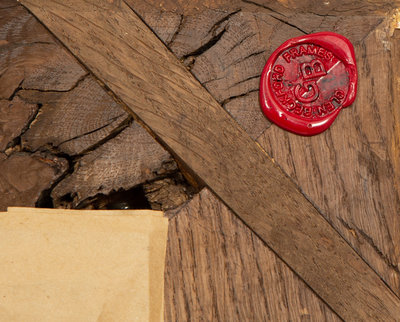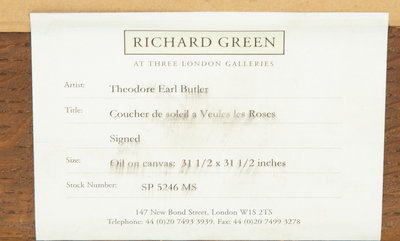Theodore Earl Butler
(American, 1861-1936)
Coucher de soleil à Veules-les-Roses, 1909
Sale 1296 - A Lasting Legacy: The Estate of Michael Mennello
Feb 21, 2024
10:00AM ET
Live / Palm Beach
Own a similar item?
Estimate
$20,000 -
30,000
Price Realized
$53,975
Sold prices are inclusive of Buyer’s Premium
Lot Description
Theodore Earl Butler
(American, 1861-1936)
Coucher de soleil à Veules-les-Roses, 1909
oil on canvas
signed T.E. Butler and dated (lower right)
31 1/2 x 31 1/2 inches.
This painting will be included in the forthcoming catalogue raisonné being compiled by Patrick Bertrand.
Provenance:
The Artist
Jimmy Butler, the Artist's son
Private Collection, by descent
Sold: Hôtel des ventes de Monte-Carlo, Nice, France, July 18, 2012, Lot 10
Richard Green, London
Exhibited:
Paris, Bernheim Jeune & Co., December 13 - 18, 1909 (eight paintings exhibited bearing the same title, nos. 30-37)
The present painting by Theodore Earl Butler depicts a luminous sunset over the beach of Veules-les-Roses, a small commune in the Seine-Maritime department in the Normandy region in northern France. Long meaningful to Butler, paintings of the region allowed a unique opportunity to examine his artistic development as he entered his post-impressionist period.
Veules-les-Roses was a charming coastal village that held significant allure for artists in the late 19th and early 20th centuries due to its picturesque landscapes and quaint seaside settings. It was during this time that numerous artists, including Claude Monet, discovered the serene beauty of this coastal gem and immortalized its essence on canvas. However, before 1900, most of Butler’s landscapes depict the region surrounding Giverny, a picturesque town northwest of Paris. An American artist hailing from Columbus, Ohio, Butler first journeyed to Giverny in 1888 to join the American impressionist community that had settled in the village to be within Claude Monet’s orbit. While there, Butler met Suzanne Hoschedé, Monet’s stepdaughter, who he would marry in 1892. Suzanne unfortunately died of a lingering illness in 1899, leaving behind Theodore and their two children, Jimmy, and Lilly. After a brief visit to America, the artist returned to France with his children and began to look beyond the rolling fields and bucolic gardens of Giverny for new inspiration.
Butler first visited the coast of Normandy in the summer of 1904. He traveled there with fellow artist Philip Leslie Hale and his family to Quiberville, a small resort village along the northern French coast. Butler continued to make annual summer visits to the area with his family to paint scenes of the seashore and its environs, often renting a house in Veules-les-Roses with Guy Rose, an American painter, and his wife Ethel. He would continue to explore the region, visiting multiple locations in the summer of 1906, including Tréport, Dieppe, Trépied, Honfleur, as well as Veules-les-Roses, the location of the present canvas.
In many of the artworks that he produced along the Normandy coast, Butler took advantage of the effects of sunlight and atmosphere and used color as he saw fit to better express himself dynamically. At Veules-les-Roses, the artist spent time at the Chalet Rouge, where he created a series of paintings capturing the essence of the area’s landscapes. The Chalet Rouge, with its elevated vantage point, offered a stunning view of the coastline and it was from here that Butler executed Coucher de soleil à Veules-les-Roses, 1909. In the painting, the flags that circle the beach cabin are stirred by the wind and introduce a lively aspect to the scene. Their movement against the backdrop of the sunset generates a striking visual contrast that encapsulates a fleeting moment where nature’s forces converge and interact. The sparkling sea, which dominates much of the composition, is depicted with energetic, yet elegantly discrete brushstrokes of green, yellow, and pink laid against a wash of blues and purples. Despite the square format of the painting, a verticality is created by the glowing pink sun set high in the upper register of the sky. Its rays cast a golden path through the center of the water to the small patch of beach along the lower edge. Staccato white paint strokes abstractly indicate the waves as they break along the sandy shore. With its energy-charged brushwork, vivid and highly saturated color, and boldly executed composition, Coucher de soleil à Veules-les-Roses stands as an exemplary illustration of Butler’s best post-impressionist work.
Condition Report
Auction Specialists
